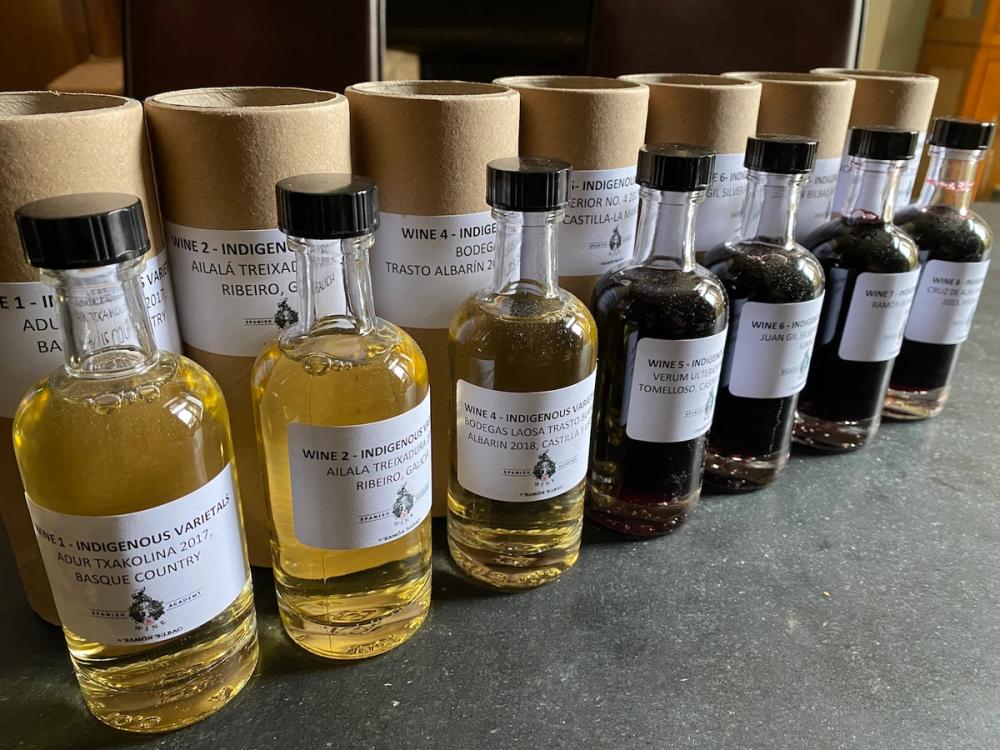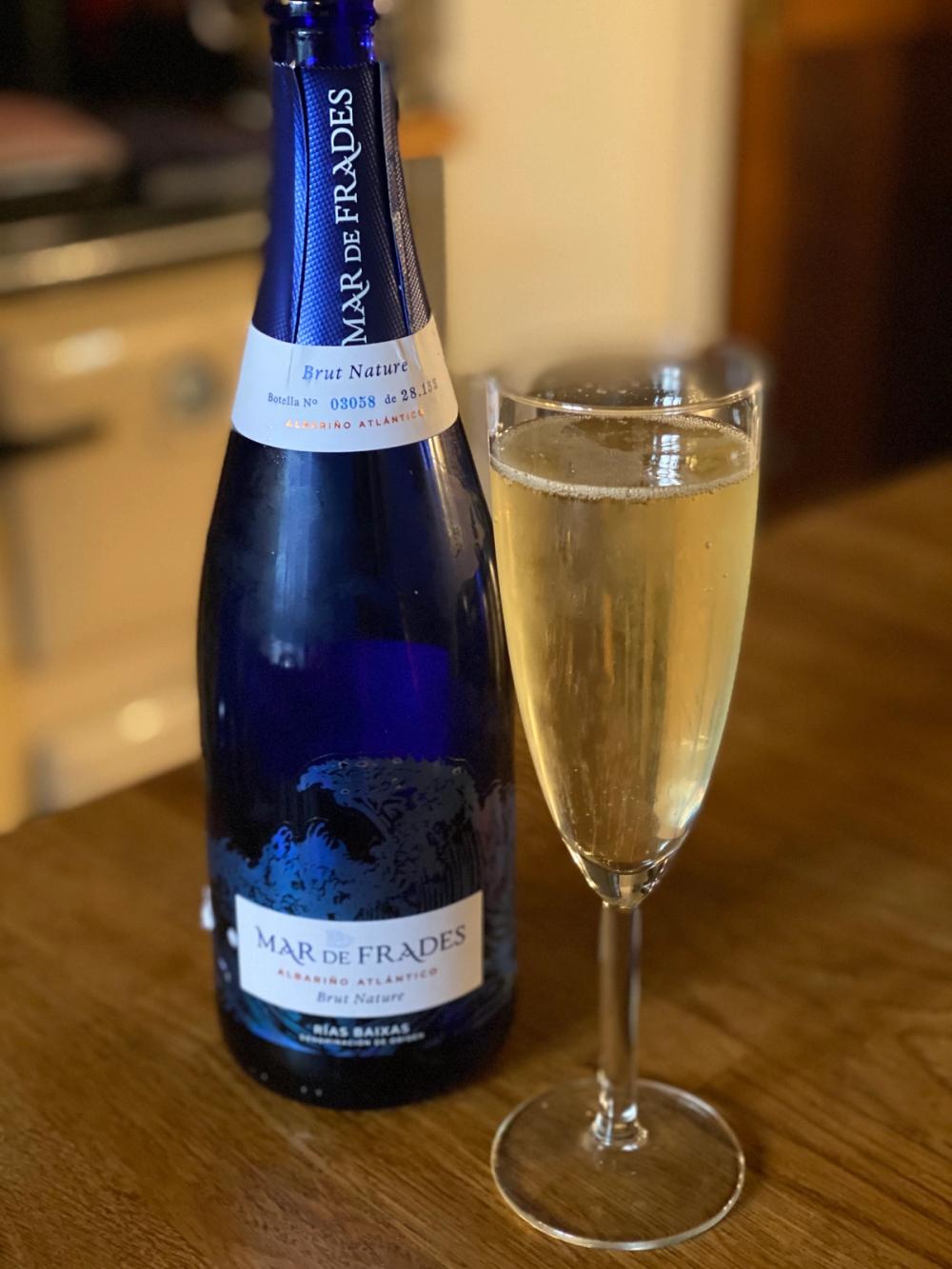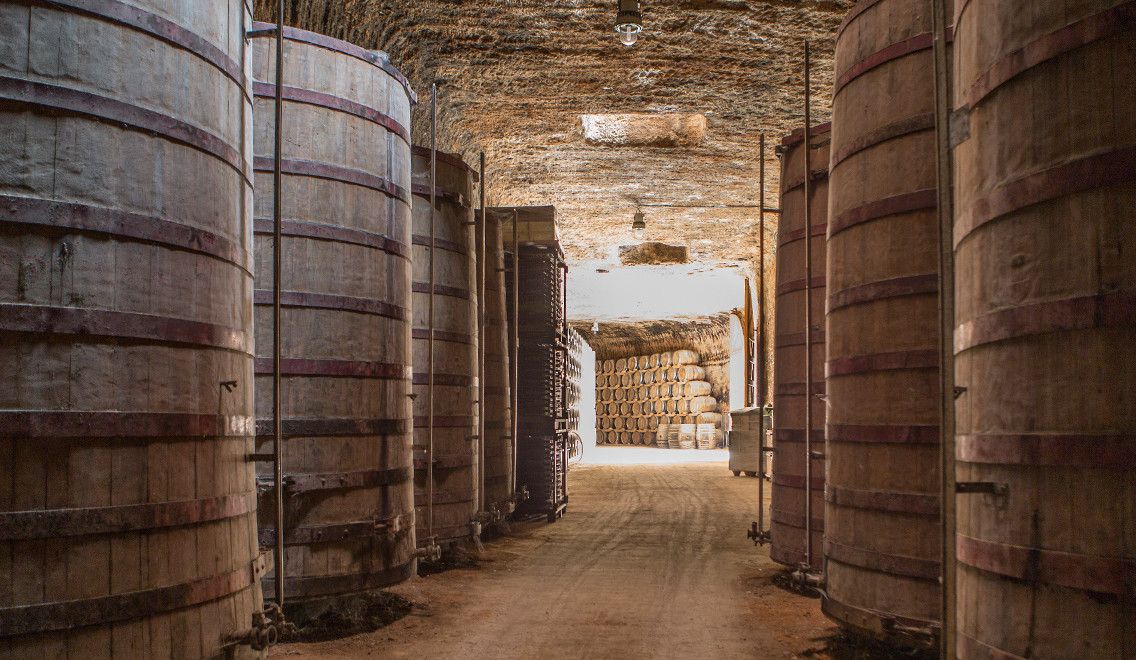“Mark my words, Treixadura is the next big thing in Galicia … as it provides a lovely middle ground between Albariño and Godello,” says Wallbridge, “there’s a little more structure from the thick skins”.
When Ramón Bilbao launched its Spanish Wine Academy just over a year ago, the plan was to hit the road, spread the word and bring a slice of Iberian food and wine culture to sommeliers and buyers on their home turf. We all know what happened next… Undeterred, the Haro-based producer – with wineries in Rueda and the Rías Baixas – ploughed its energy into bringing the academy concept alive online instead, with a digital platform for masterclass tastings.

How Spanish Wine Academy was launched on social media
So far, so 2021, you might say… However, there’s a significant difference that sets this apart from other producer-driven equivalents: in seeking to showcase the rich mix offered by Spain, rival wines are also featured, meaning Ramón Bilbao puts its considerable clout behind smaller producers and lesser-known grape varieties, the halo of that diversity helping bolster the educational goals of the academy. It’s all admirably grown up and, as a rising tide lifts all boats, potentially offers a model for other big producers to emulate.
It is estimated there are around 600 different grape varieties growing in Spain, though only around 20 of them are extensively used. Celebrating those deemed to be indigenous begs the question where to start, so how about some that you know, a couple you might not, one reinvented and a twist on a fashionable favourite?
“We have around 200 different grape varieties growing in our estates and around 140 of them are indigenous meaning that they are well adapted to the growing conditions and the ecosystem which is very important with the challenge of climate change as well as adding complexity to the wines,” says Rosana Lisa, head of innovation at Ramón Bilbao and one of our guides.

To be emulated by other producers? Ramon Bilbao’s initiative promotes the wines of other, smaller wine producers
Sampling the eight different wines
Anyone yearning for the fabulous old-town pintxo bars of San Sebastián would have been comforted by the first wine, a 2017 Txakoli from Adur (RRP £20), a small Basque country producer. Though Txakoli is renowned for its searing, enamel-stripping acidity, this particular example has some lees contact with 10 percent also going through malolactic fermentation to tame it slightly, making it more approachable. There’s a touch of pétillance, zippy lime zest and white grapefruit, with a delicate textured mouthfeel and crisp sea breeze finish that calls for prawns.
“It’s just a stone’s throw from the coast so you have a wonderful salinity as well as a minerality in this wine, it’s really one of my favourites” says Peter Wallbridge, Spanish buyer at Enotria&Coe, Ramón Bilbao’s UK importer.
Turning to Ribeiro, 2018 Treixadura (RRP £15) from Ailalá, a veteran producer in Galicia, offers an enchanting floral nose, with rose petals, leading into a surprisingly complex melange of apricot, peach skin and wild honey. “Mark my words, Treixadura is the next big thing in Galicia … as it provides a lovely middle ground between Albariño and Godello,” says Wallbridge, “there’s a little more structure from the thick skins”.

Though Albariño is now famous all over the world, it is still relatively rare to find a sparkling example. The third wine in the tasting flight, the sell-out Mar de Frades Albariño Atlantico Brut Nature (RRP £27.50) achieves the feat of fusing traditional method bubbles with varietal definition, combining fresh citrus and white stone fruit with a refreshing sea spray salinity, yeastiness and a gentle autolytic pastry note. It’s the perfect partner for the oysters found in abundance off the coast of Galicia. “This is a beautiful wine and it is very special for us because it was the first sparkling Albariño in the world,” says Lisa.
Not to be confused with Albariño, Albarín is a very different, aromatic white variety that nearly went the way of Lord Lucan. Trasto Albarín 2018 (RRP £17.75), made by LaOsa vinOs, is grown at around 900 metres in Castilla y León, and is just as intriguing, with a mysterious nose of bruised apple, rocha pear and prune. Complex, layered and really rather fascinating, it cries out for food, with my suggestion being a blue cheese, endive salad with ripe pears and toasted walnuts. “It’s a very interesting variety which has only recently been rediscovered, it was almost extinct and there are still only a few hectares left of it,” says Wallbridge.

Cellar room at Bodegas Verum
Turning to the reds, Mazuelo, aka Carińena, aka Carignan, famed for its rich colour, is often dismissed as a blending grape, but old vine pioneer Elías Lopez at Bodegas Verum has championed the variety with a new project named ‘Ulterior’ (meaning ‘rediscover’).
“Lopez is now one of the most important winemakers in Spain,” says Wallbridge, “his home in La Mancha is known as the frying pan of Spain, so he has looked at later-ripening varieties like Mazuela to combat the threat of climate change, using ancestral techniques.”
Matured in French oak for six months, then clay vats called ‘tinaja’ for a further six, Ulterior Parcela No 4 Mazuelo 2017 (RRP £20) offers bright cherry, rose petals, red liquorice and foraged blackberry, with the tannins tamed and the alcohol well under control at 14 percent.
Next, a Monastrell, aka Mourvedre, from the coast of Jumilla, close to Alicante.
“If you were to look at Jumilla a decade or so ago, you’d have found oxidised, rustic, old fashioned wines, with lots of oak, but the style has really evolved thanks to people like Juan Gil who are changing the game,” Wallbridge says.
Juan Gil Silver Label Monastrell 2018 (RRP £17.75) offers an enticing mix of potpourri, rosemary, ripe red berries, good acidity and a savoury note of smoky bacon, though the well-integrated alcohol is still high at 15.5 percent.

Ramon Bilbao wine director Rodolfo Bastida
Tempranillo, aka Tinto Fino, offers Ramón Bilbao the chance to showcase one of the pet projects of its suave wine director Rodolfo Bastida. Using fruit from 70-year-old vines grown at altitude in the foothills of the Sierra Cantabria, Mirto Rioja Tempranillo 2015 (RRP £42) has a lifted nose of forest fruit, violets and roses, with a complex palate of liquorice, mocha, soft leather and white truffle.
The final wine, Tempranillo once again, showcases Rioja’s rival region, Ribera del Duero.“We find the same grape variety, but it has a totally different profile to Rioja,” Lisa says.
Finca Los Hoyales 2015 (RRP £66.50) has floral lift, with an elegant nose of wild flowers and violets, tobacco leaf, red fruit and cigar box. For something so youthful, it’s surprisingly approachable, though it no doubt has years ahead of it.
In happier times, a Ramón Bilbao tasting event could be relied upon for some top notch Spanish gastronomy to accompany the wines, so to conclude our flight we were treated to a short tasting of two extra virgin olive oils – one from Arbequina olives, the other Picual – from the wonderful London restaurant Ibérica.
Both were absolutely delicious, providing a memorable finish to this virtual event and also a poignant reminder of what we are all still missing.
































